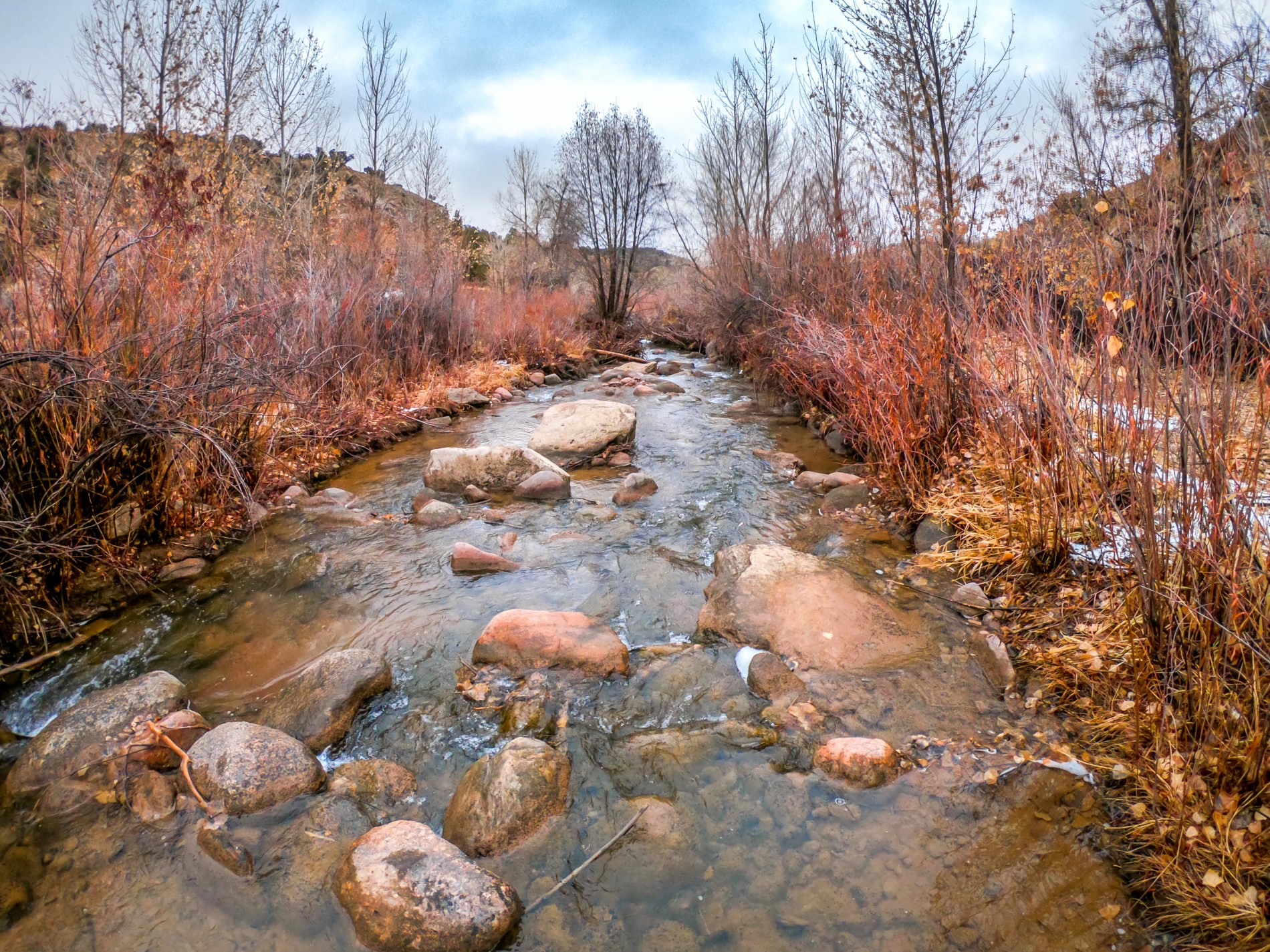Dinosaurs and More at Garden Park
In the 1870s, when very little was still known about dinosaurs, two paleontologists—Othniel C. Marsh and Edward D. Cope—uncovered the first of many fossilized bones in Cañon City’s Garden Park area. The subsequent “Bone Wars,” during which scientists raced to discover new species of dinosaurs put Garden Park, and Cañon City, on the map.
Since then, many well-known species of large dinosaurs have been discovered at this site, some of which are now exhibited at such renowned institutions as the Smithsonian Institute and the Denver Museum of Nature and Science.
Garden Park’s Cleveland and Marsh Quarries were notable locations for dinosaur discoveries in the 1870s, 1880s, and 1950s. Today, they are open to the public and have interpretive signs to highlight the area’s history. Local volunteers and the BLM work together to maintain biking and hiking trails, a shooting area, and rest stops in the area, as well as prevent fossil theft.
In April 2013, the Garden Park Fossil Area’s National Natural Landmark was expanded from a 40-acre designation to 3,208 acres by the National Park Service and the Bureau of Land Management. The designation helps to preserve the history of the Garden Park Fossil Area where, since the late 1800s, 14 different Jurassic dinosaur species have been found.
Located just six miles north of Cañon City, Garden Park is an excellent outing for people of all ages. There is space to run, history to learn, and gorgeous scenery and rock formations to take in.
